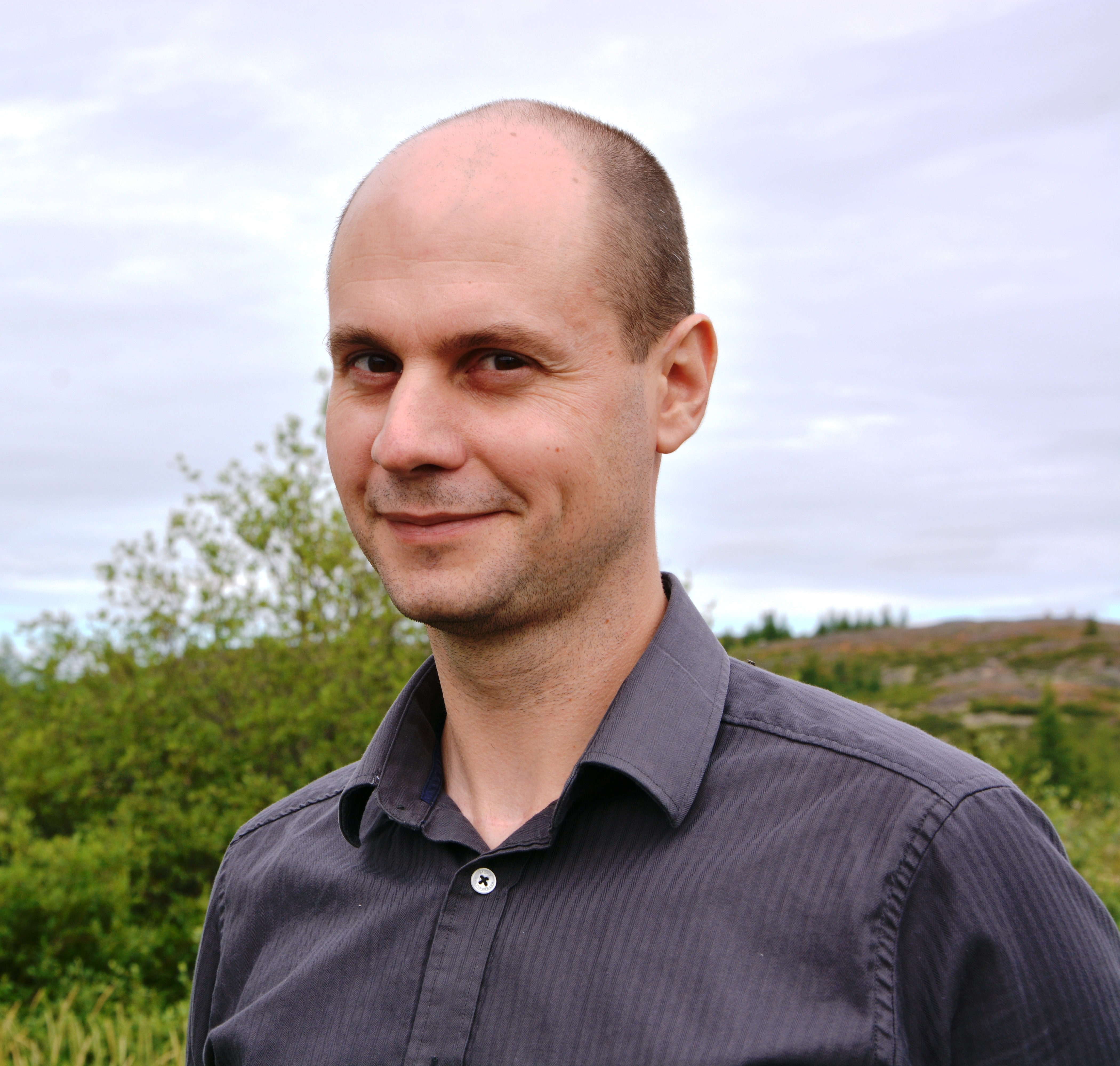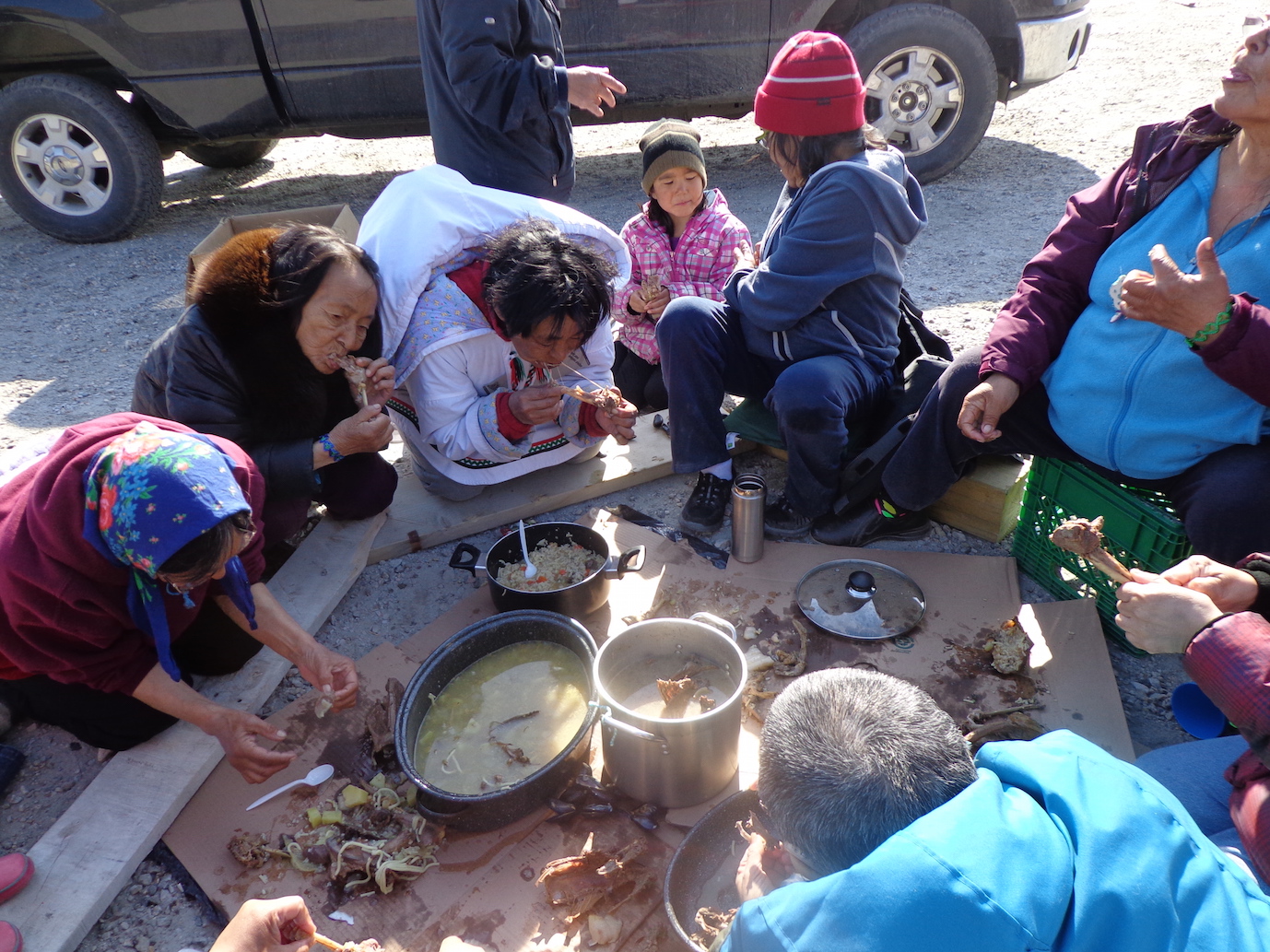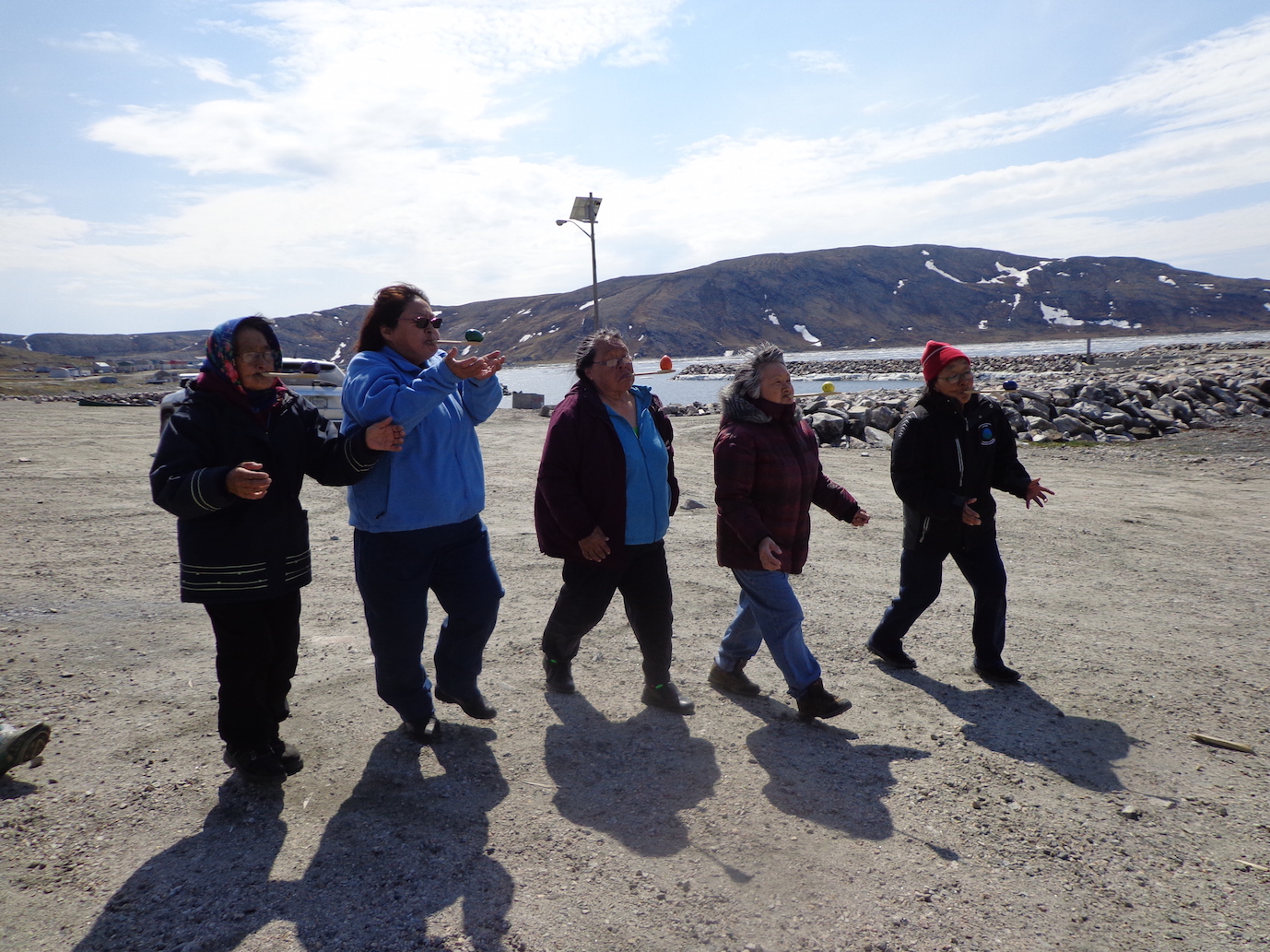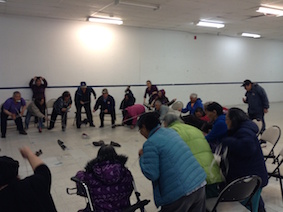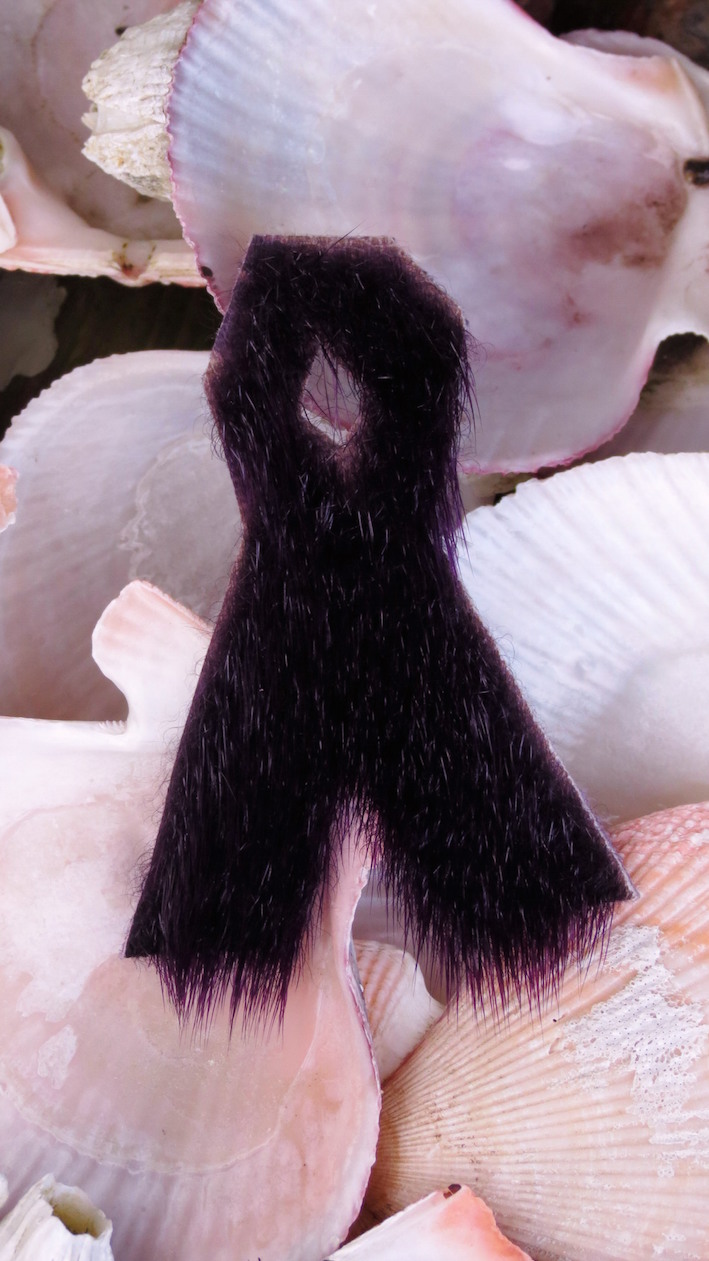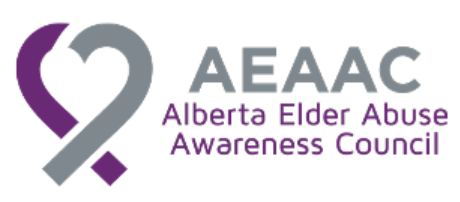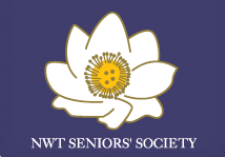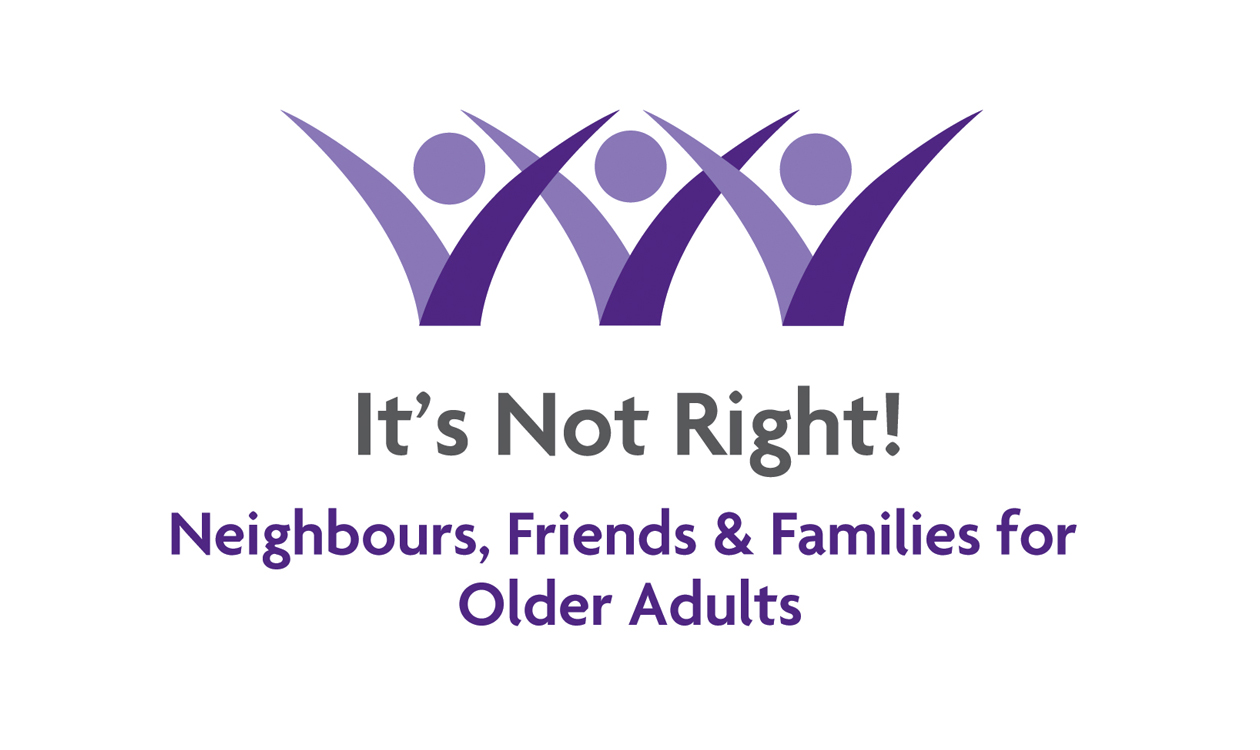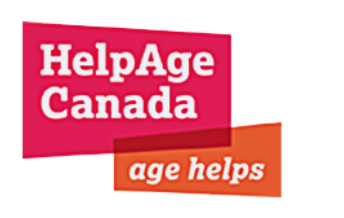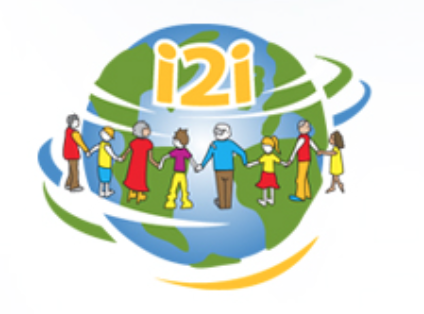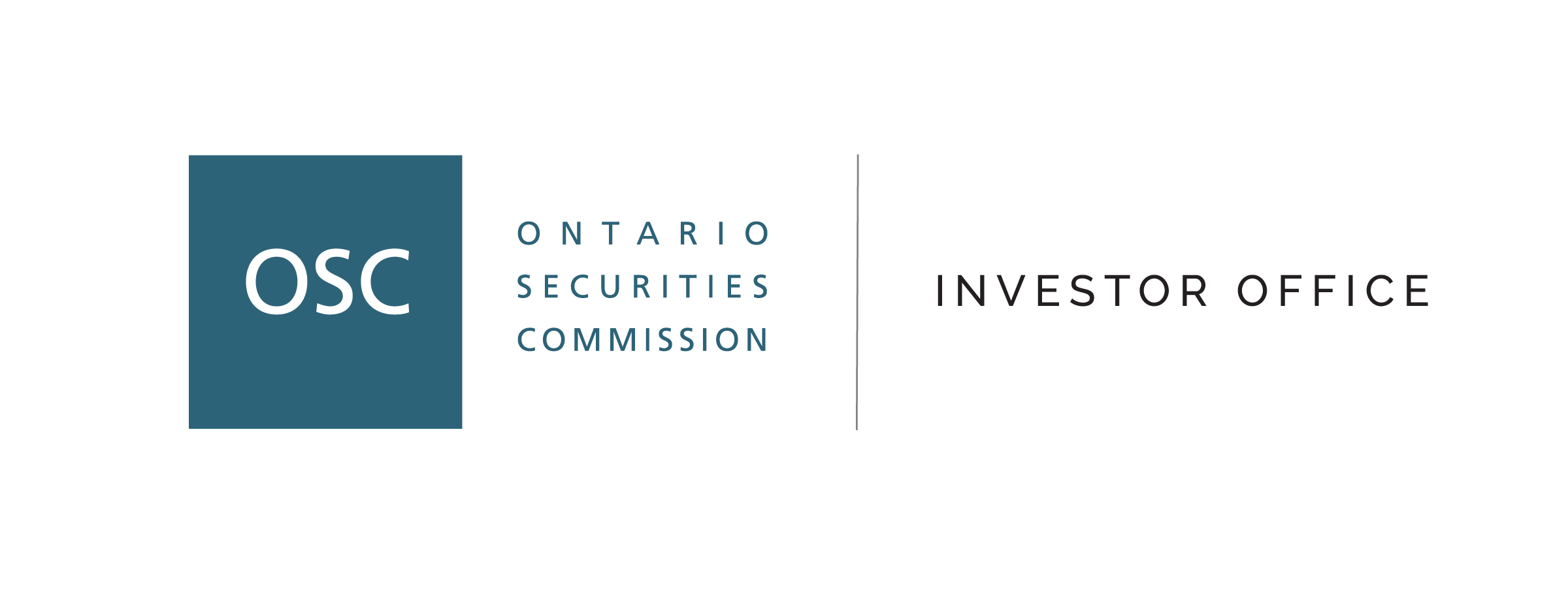- Details
- Published: 04 August 2015
By Fabien Pernet
Back in 2006, the International Network for the Prevention of Elder Abuse designated June 15th as World Elder Abuse Awareness Day (WEAAD). Only three years later, the campaign was initiated in Nunavik, homeland of the Inuit of Quebec. To this day, the Nunavik Regional Board of Health and Social Services have partnered up with the Kativik Regional Government and initiated six consecutive WEAAD campaigns. These campaigns have proven very effective to raise awareness about elder abuse, as this phenomenon is new amongst Inuit. Not that Elders had been immune to abuse in the past, but elder abuse is a more recent symptom of a social fabric damaged by 20th century colonial policies. WEAAD is now a well-established opportunity for Nunavik Elders to reclaim respect, and for communities to develop culturally appropriate ways to prevent elder abuse.
Nunavik Elders
Elders in Nunavik only make up a small proportion of the population. Half of the population is 22 years old or younger, and a large part of the other half is under 55 years old. It is uncommon in Canada to consider 55 year-olds as Elders, but the average life expectancy of both men and women in Nunavik is 15 years lower than in the rest of Québec.
Yet this situation is changing and the population of Nunavik is starting to age. The number of Elders could triple within the next 20 years. This is an unprecedented situation and a challenge for institutions more often used to crafting youth-centred policies, but Nunavik seniors are already defining new ways to be Elders.
Nunavik Elders have always been engaged and vocal on many issues. In the past, their extensive knowledge of the environment and of human nature was valued; any conflict that arose would be solved through Elders’ mediation. Elders provided guidance to the younger generations and their word was law.
Changes arose in the 1950s and 1960s. Inuit were settled in permanent communities and briefly lost control over many aspects of their lives under the oversight of the Federal Government until the 1975 land claim settlement of the James-Bay and Northern Quebec Agreement. Following the Agreement, Elders became the custodians of Inuit culture through a new organization: the Avataq Cultural Institute. They have since been instrumental in protecting and passing on Inuktitut and traditional knowledge to the new generations.
Ten years ago, in 2005, Elders established a new body, the Nunavik Elders Committee (NEC), to represent them in and outside Nunavik. Through the NEC, Elders can now advocate for their needs, and particularly for their living conditions. Nunavik Elders are among the poorer residents of the province of Quebec, as many of them rely largely upon Government benefits in an area already affected by a high cost of living and a housing crisis. A wider recognition and better policies are necessary steps towards improving their quality of life.
WEAAD in Nunavik
Elder Abuse is a new issue affecting Elders and in some communities it is exacerbated by wide-spread poverty and by the housing crisis. To draw a more accurate portrait of the social issues Inuit communities face nowadays, one must consider the impact of colonialism on the Inuit culture and society during the second half of the twentieth century.
Four related events deeply affected the Inuit during the 1950’s and 1960’s: the settlement in permanent communities, the Residential School experience, the High-Arctic relocation and the mass slaughter of sled dogs. For many, these traumatic experiences, left unaddressed for decades, led to intergenerational traumas and weakened family bonds. Addictions and domestic violence became some of the most visible consequences of this history. Elder abuse is similarly rooted in this damaged social fabric.
It is nonetheless important to keep in mind the resilience of people as well as their resilience as a people, that is to say, the resilience of Inuit culture. Assimilation was never achieved and many new leaders emerged from the Residential Schools. These leaders became instrumental in developing a modern Inuit way of life from the 1960s onwards.
In this context, WEAAD is the perfect occasion to embed messages about elder abuse within Inuit core cultural values. With the support of local organizers, Elders share their concerns and hopes with their fellow community members on local radio. Many strive to pass on their knowledge of family values, social order and other cultural principles.
This year, thanks to the Saturviit Inuit Women’s Association of Nunavik, many communities have spread information about tursurautiit: Inuit kinship terminology. Elders consider that the feeling of belonging to an extended family is achieved by learning how one should call its relatives through the correct use of tursurautiit. Elder Abuse is conversely linked to the weakening of family bonds and the erosion of family values.
WEAAD in Nunavik wouldn’t be a proper celebration without a feast and games. Feasts are crucial for any collective event honoring Elders. Seal, caribou, beluga, goose, fish, seafood and other delicacies are generously provided by individuals and organizations (Photo #1). Community members show their support and their respect of traditional sharing values, which command Elders to be gifted generously with food. These feasts are also a joyful moment for Elders to restore their body and minds by the consumption of traditional food. Elders often consider this food to be their primary medicine, as it is closely associated with health and well-being.
Games are also one of the staples of any community celebration in Inuit Culture and have become an integral part of WEAAD events in Nunavik (Photos #2 and #3). In 2014 WEAAD activities were even postponed to allow for games, since June 15 fell on a Sunday that year and Christian observance in Nunavik forbids games on Sundays. Traditional ways to celebrate involve activities such as parlaniq (a game of speed to win prizes and candy) and other joyful competitions (Photo #4).
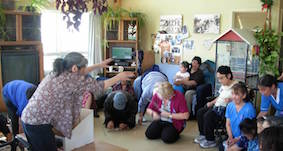
In Quaqtaq, in 2014, some of the WEAAD organizers made a purple ribbon out of seal skin, and sent me a photo of this small piece of art displayed on sea-shells (photo #5). I like to think of this as a symbol of the deep cultural relevance and integration of WEAAD in Nunavik. As such, this day is a major tool in the prevention of Elder Abuse and it is in the hands of the members of the community. It is also a powerful reminder to the network of health and social services that the prevention of elder abuse in Nunavik requires a culturally appropriate collaboration with the Elders.
